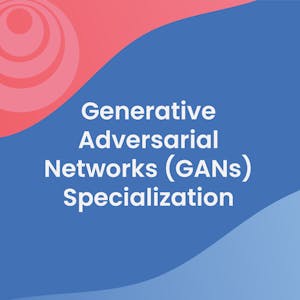Statistics and Applied Data Analysis
About this Specialization
A comprehensive understanding of statistics and data analysis is paramount for the fields of data science, data analytics, and machine learning. In the first course of this specialization, you will learn traditional and applied statistics (descriptive statistics, probability, and discrete and continuous probability distributions) from ground zero (i.e., beginner level).\\n\\nThe second course is all about inferential statistics and making decisions (sampling distributions, one- and two-sample hypothesis tests, analysis of variance) and creating predictive mathematical models (linear and nonlinear regression). Throughout both of the first two courses, you will learn how to visualize data and solve various statistical problems using Microsoft Excel.\\n\\nIn the final course of the specialization, you will use the statistical computing software R (using RStudio) for statistical hypothesis tests, data visualization, and analysis of variance (ANOVA).Created by: University of Colorado Boulder

Related Online Courses
This essential course teaches you to manage, monitor, and maintain cloud operations while mastering troubleshooting techniques to resolve issues efficiently. Combining theoretical knowledge with... more
This course delves into both the theoretical aspects and practical applications of data mining within the field of engineering. It provides a comprehensive review of the essential fundamentals and... more
This Specialization is intended for data scientists with some familiarity with the R programming language who are seeking to do data science using the Tidyverse family of packages. Through 5... more
About GANs\\n\\nGenerative Adversarial Networks (GANs) are powerful machine learning models capable of generating realistic image, video, and voice outputs.\\n\\nRooted in game theory, GANs have... more
Biostatistics is an essential skill for every public health researcher because it provides a set of precise methods for extracting meaningful conclusions from data. In this second course of the... more








